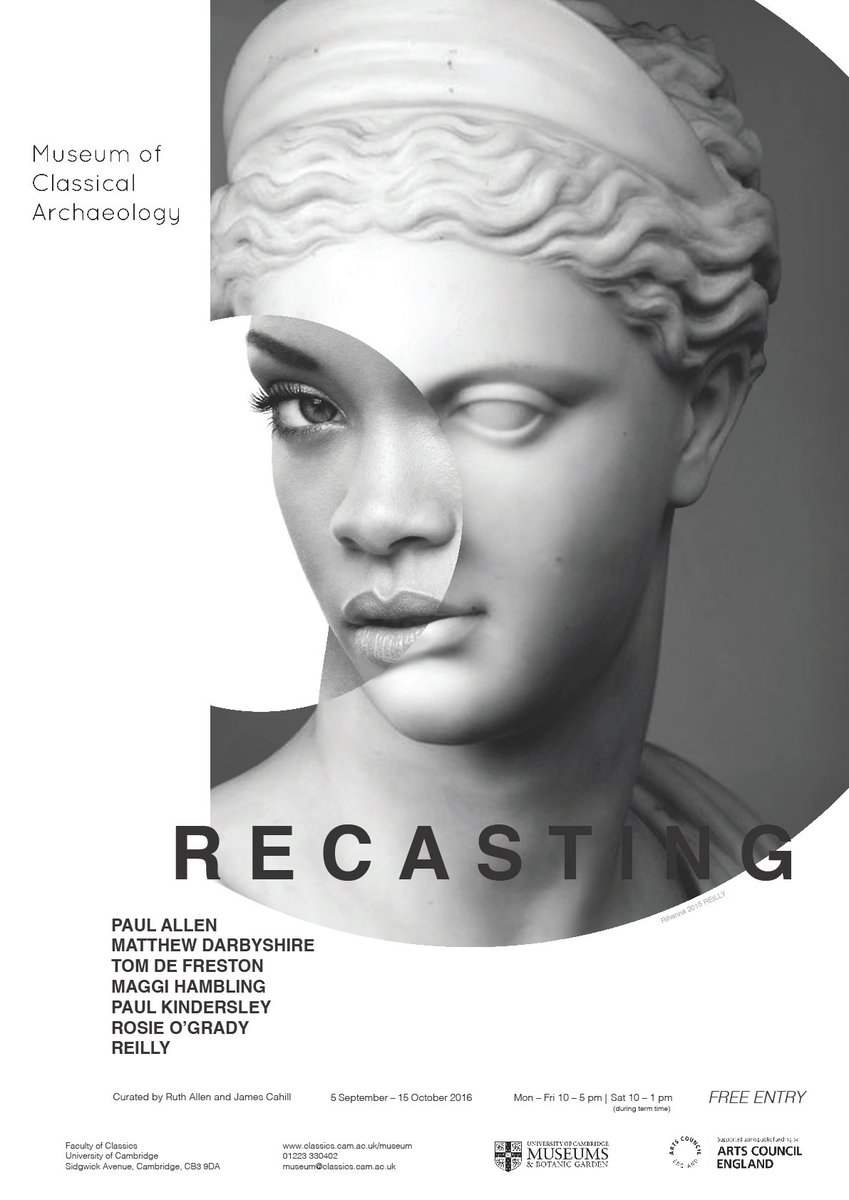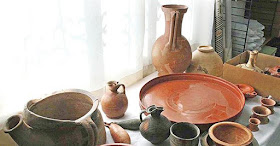Aesara of Lucania (Αἰσάρα, Aisara) was a Pythagorean philosopher, who lived in the 4th or 3rd century BC. Nothing is known about her life; she is known only from a one-page fragment of her philosophical work entitled 'On Human Nature' preserved by Stobaeus.
Joannes Stobaeus (Ἰωάννης ὁ Στοβαῖος) lived in the 5th century CE. He hailed from Stobi in Macedonia and was the compiler of a valuable series of extracts from Hellenic authors. The work was originally divided into two volumes containing two books each. The two volumes became separated in the manuscript tradition, and the first volume became known as the Extracts (also known as 'Eclogues') and the second volume became known as the Anthology (also known as 'Florilegium'). Modern editions now refer to both volumes as the Anthology. The Anthology contains extracts from hundreds of writers, especially poets, historians, orators, philosophers and physicians. The subjects covered range from natural philosophy, dialectics, and ethics, to politics, economics, and maxims of practical wisdom. The work preserves fragments of many authors and works who otherwise might be unknown today.
All we really know about Aesara is that she came from Lucania, an ancient district of southern Italy and part of Magna Graecia where many Pythagorean communities existed. On Human Nature, her famous work from which only a fragment remains, is written in the Doric prose characteristic of the 3rd century BC or earlier, although that doesn't exclude the possibility that it was written later in an archaic style. Aesara argues that it is by studying our own human nature (and specifically the human soul) that we can understand the philosophical basis for natural law and morality. She divides the soul into three parts: the mind which performs judgement and thought, the spirit which contains courage and strength, and desire which provides love and friendliness. These things, being divine, are the rational, mathematical, and functional principles at work in the soul. Aesara's theory of natural law concerns three applications of morality, concerning the individual, the family, and social institutions.
The Pythagoreans were notable for including women in their ranks. This did not necessarily equate to modern ideas of equality; they believed that women were responsible for creating harmony and justice in the home, in the same way that men had the same responsibility towards the state. Seen in this context, Aesara's theory of natural law is fundamental to justice and harmony in society as a whole.
It's not easy to find the full text of Aesara's exposition, so I have typed it out from 'A History of Women Philosophers: Volume I: Ancient Women Philosophers, 600 BC - 500 AD by M.E. Waithe.
"Human nature seems to me to provide a standard of law and justice both for the home and for the city. By following the tracks within himself whoever seeks will make a discovery: law is in him and justice, which is the orderly arrangement of the soul. Being threefold, it is organized in accordance with tripple functions: that which effects thoughtfulness is [the mind], that which effects strength and ability is [high spirit], and all that effects love and kindliness is desire. These are all so disposed relatively to one another, that the best part is in command, the most inferior is goverend, and the one in between holds a middle place; it both governs and is governed.
The god thus contrived these things according to principle in both the outline and completion of the human dwelling place, because he intended man alone to become a recipient of law and justice, and none other of mortal animals. A composite unity of association could not come about from a single thing, nor indeed from several which are all alike. (For it is necessary, since the things to be done are different, that the parts of the soul als be different, just as in the case of the body [the organs of touch] and sight and hearing and taste and smell differ, for these do not all have the same affinity with everything.)
Nor could such a unity come from several dissimilar things at random, but rather, from parts formed in accordance with the completion and organization and fitting together of the entire composite whole. Not only is the soul composed from several dissimilar parts, these being fashioned in conformity with the whole and complete, but in addition these are not arranged haphazardly and random, but in accordance with rational attention.
For if they had an equal share of power and honor, though being themselves unequal--some inferior, some better, some in between--the association of parts throughout the soul could not have been fitted together. Or, even if they did have an unequal share, but the worse rather than the better had the greater share, there would be great folly and disorder in the soul. And even if the better had the greater and the worse the lesser, but each of these not in the proper proportion, there could not be unanimity and friendship and justice throughout the soul, since when each one is arranged in accordance with the suitable proportion, this sort of arrangement I assert to be justice.
And indeed, a certain unanimity and agreement in sentiment accompanies such an arrangement. This sort would justly be called good order, whichever, due to the better part's rulling adn the inferior's being ruled, should add the strength of virtue to itself. Friendship and love and kindliness, cognate and kindred, will sprout from these parts. For closely-inspecting mind persuades, desire loves, and high spirit is filled with strength; once seething with hatred, it becomes friendly to desire.
Mind having fitted the pleasant together with the painful, mingling also the tense and robust with the slight and relaxed portion of the soul, each part is distributed in accordance with its kindred and suitable concern for each thing: mind closely inspecting adn tracking out things, high spirit adding impetuosity and strength to what is closely inspected, and desire, being akin to affection adapts to the mind, preserving the pleasant as its own and giving up the thoughtful to the thoughtful part of the soul. By virtue of these things the best life for man seems to me to be whenever the pleasant should be mixed with the earnest, and pleasure with virtue. Mind is able to fit these things to itself, becoming lovely through systematic education and virtue."







